Inside Materia 2.0: new material library for Milan is a treasure trove of inspiration for the design community
Unveiled during Milan Design Week 2025, Materia 2.0 carries more than 1,200 material samples from all over Italy
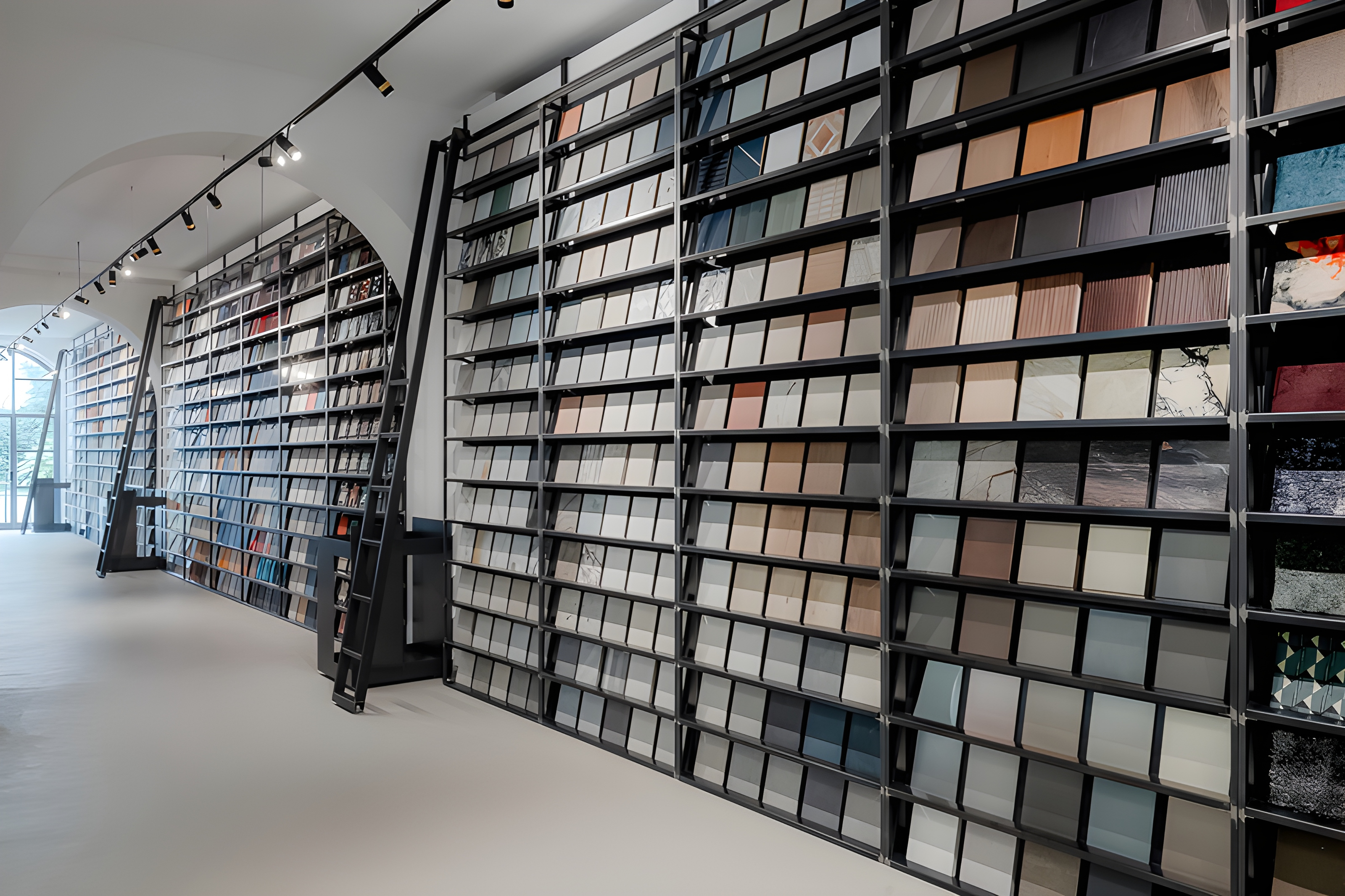
At Milan Design Week 2025, it feels like materials, more than furniture, are taking centre stage. ‘It’s time we gave materials the spotlight they deserve,’ says Fabio Pecora, founder of Materia 2.0, the city's new material library. For designers, architects, and exhibitors, he explains, matter isn't just substance, it's the key to sustainability, innovation, and emotional connection. ‘Italy has lacked a rational dictionary of architectural materials,’ says Silvia Spreafico, design manager at Materia 2.0. The Como-based company, a specialist in high-end architectural materials, decided to take matters into its own hands. Known for its striking mood boards (and strong Instagram following) it created a physical space to house its curated selection of materials, chosen for their fine craftsmanship, innovative qualities, and Made in Italy integrity.
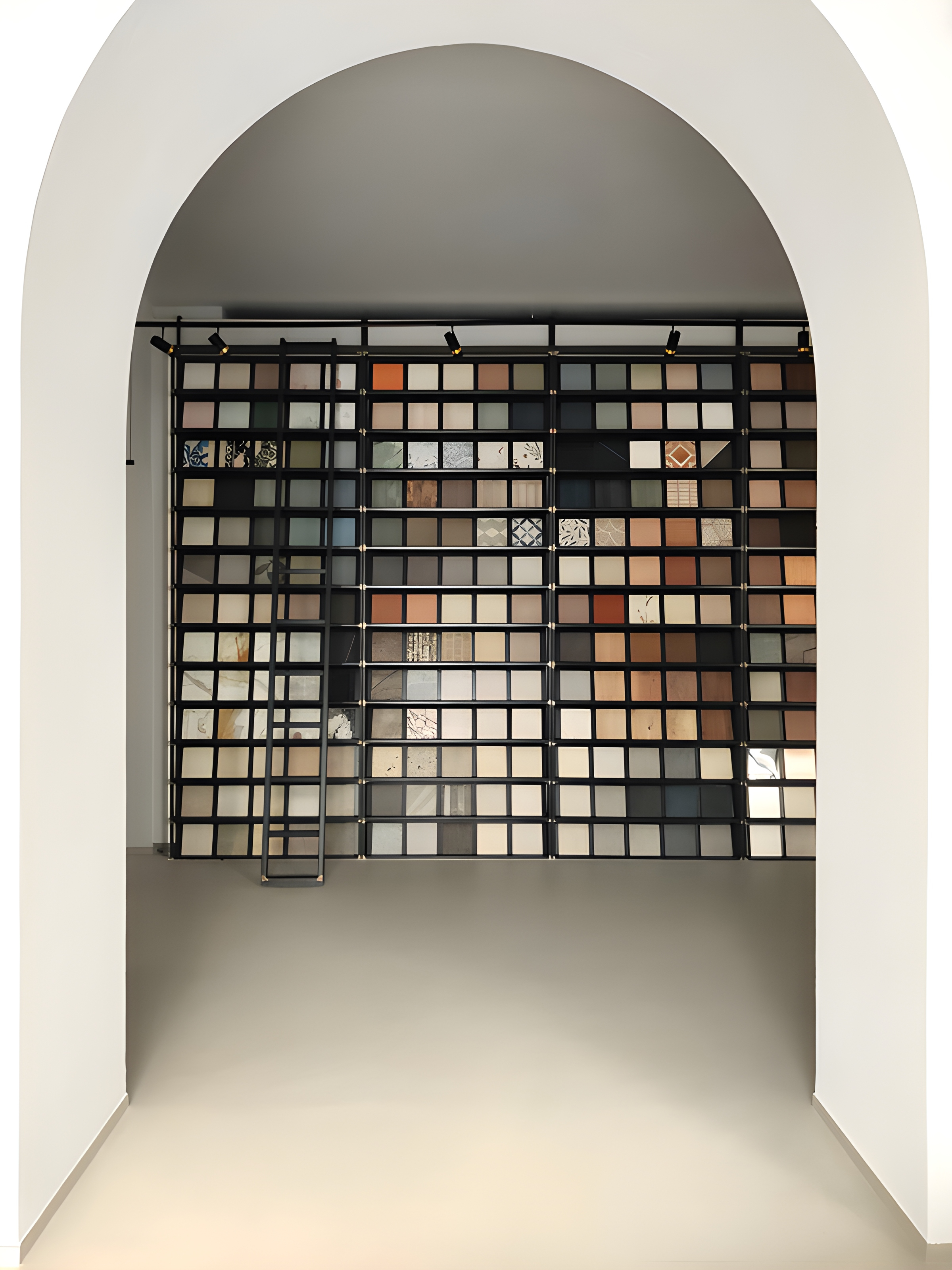
Unveiled during Design Week (7-13 April 2025), Materia 2.0 is a 500 sq m material library in the heart of Porta Nuova, nestled among the towering glass buildings that symbolise the city’s contemporary growth. Some of the materials involved include metal, glass, ceramic, porcelain stoneware, concrete, marble, natural stone, wood, terracotta, resin, fabric, and cement grit. With a focus on architectural materials, the goal is to expand what is already the largest material library in Italy.
‘Today, we range from surfaces to upholstery materials, from artisanal products to industrial ones,’ Spreafico says. The visual impact is stunning: a 30m-long gallery where 1,200 samples, 5,000 display pieces, and a catalogue of over 15,000 products are arranged like books on a library shelf. Like old libraries, every ‘spine’ – in this case, every material sample –must be perfectly aligned. Each piece is standardised to a manageable 20x20cm format, even for heavier or denser materials, and accompanied by information panels and QR codes to dive into technical specs and variants.
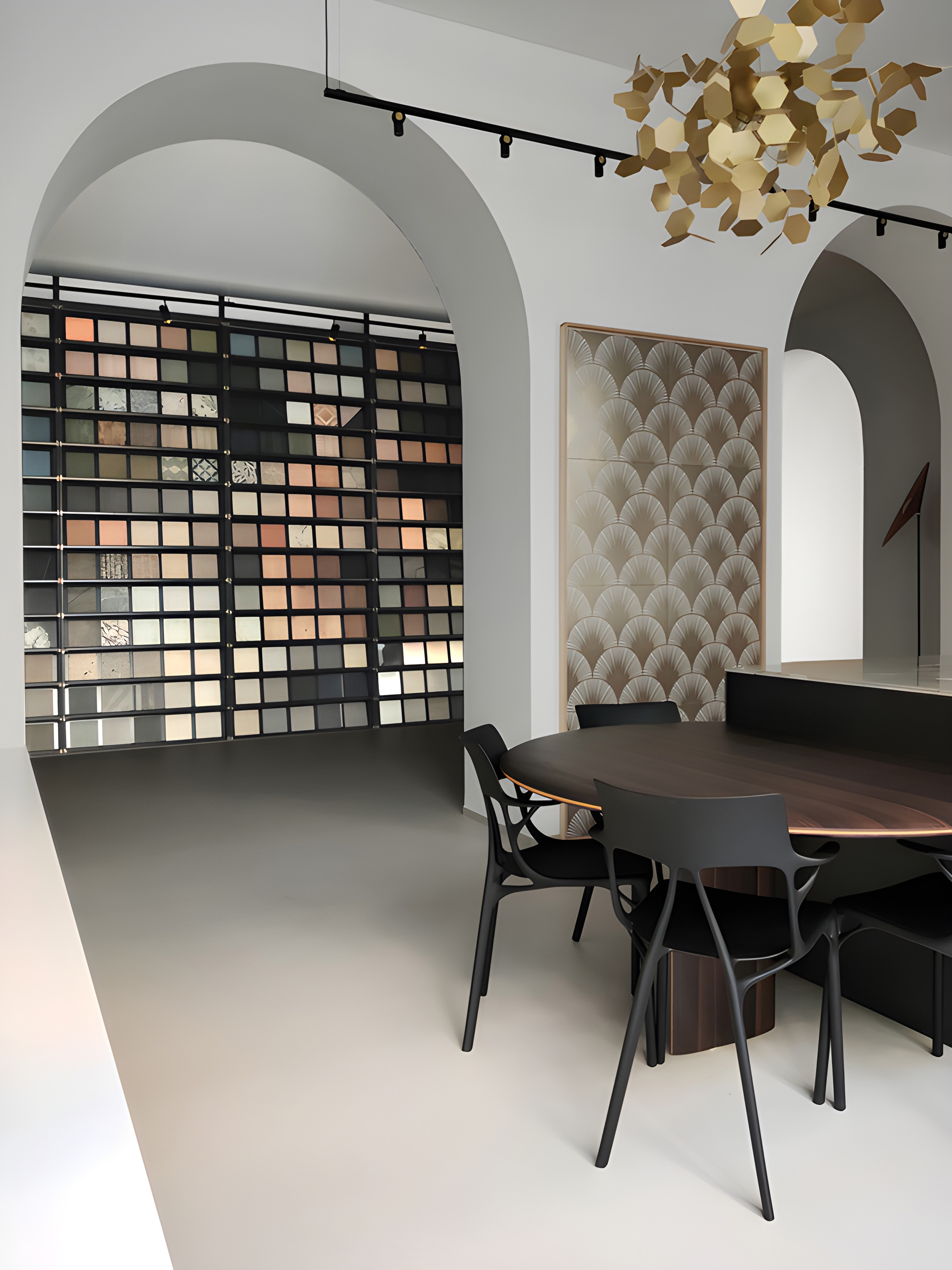
‘Selection is based on quality,’ Spreafico says, while gently running her fingers across textured tiles rich with stories: like those from Marca Corona, a Sassuolo-based ceramics brand founded in 1741: ‘They even have a private museum that narrates the entire production history of their region, and they’ve lent us some unique pieces.’ Or take Il Ferrone, a Tuscan company producing terracotta both industrially and artisanally, reviving ancient kilns hidden in the wine cellars of Chianti. Then there’s Barzaghi Salotti, a classic Brianza-based furniture maker, from the famed design district north of Milan. ‘All the companies we showcase have strong in-house production values,’ adds Spreafico. ‘Zava, for example, started as a metal workshop. They now create dramatic, sculptural lighting pieces.’
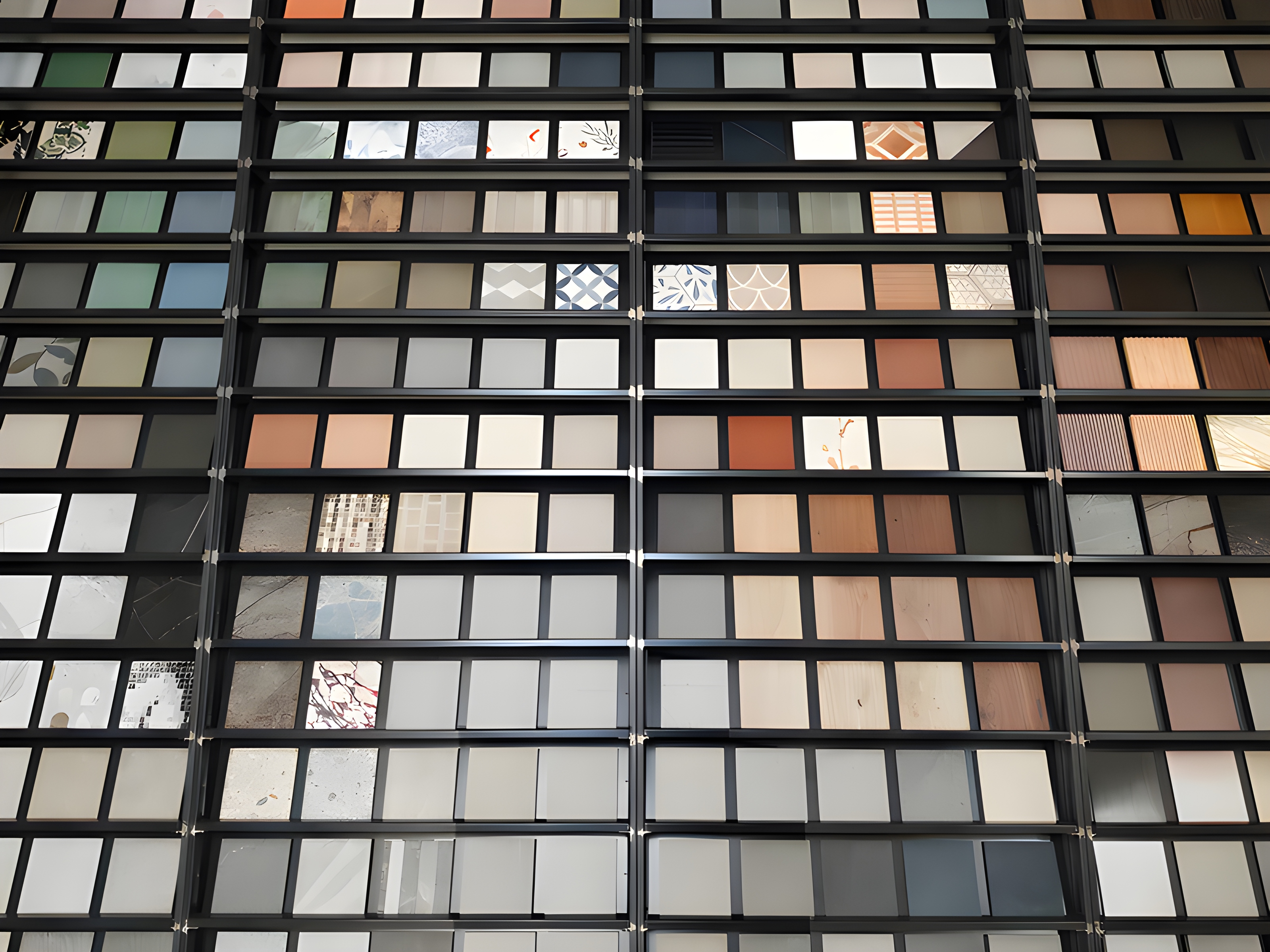
Facing the wall of materials are immersive exhibition spaces where materials come to life as furniture and experimental installations. ‘This is CP Parquet,’ Spreafico says, referring to the long-standing Venetian flooring company. ‘Here we show how the same material used for flooring can also form a co-ordinated table and bookshelf.’ The ambition is to become not just a showroom, but a centre of excellence for research, design, and interdisciplinary exchange. While partner companies are involved, Spreafico is quick to underline that the project is not commercially driven: ‘We want to be a tool, not sell a product. This is an open dictionary of materials, a place for experimentation, and for combining materials in bold and unexpected ways.’
Via Marco Polo 9, Milan
Wallpaper* Newsletter
Receive our daily digest of inspiration, escapism and design stories from around the world direct to your inbox.
Cristina Kiran Piotti is an Italian-Indian freelance journalist. After completing her studies in journalism in Milan, she pursued a master's degree in the economic relations between Italy and India at the Ca' Foscari Challenge School in Venice. She splits her time between Milan and Mumbai and, since 2008, she has concentrated her work mostly on design, current affairs, and culture stories, often drawing on her enduring passion for geopolitics. She writes for several publications in both English and Italian, and she is a consultant for communication firms and publishing houses.
-
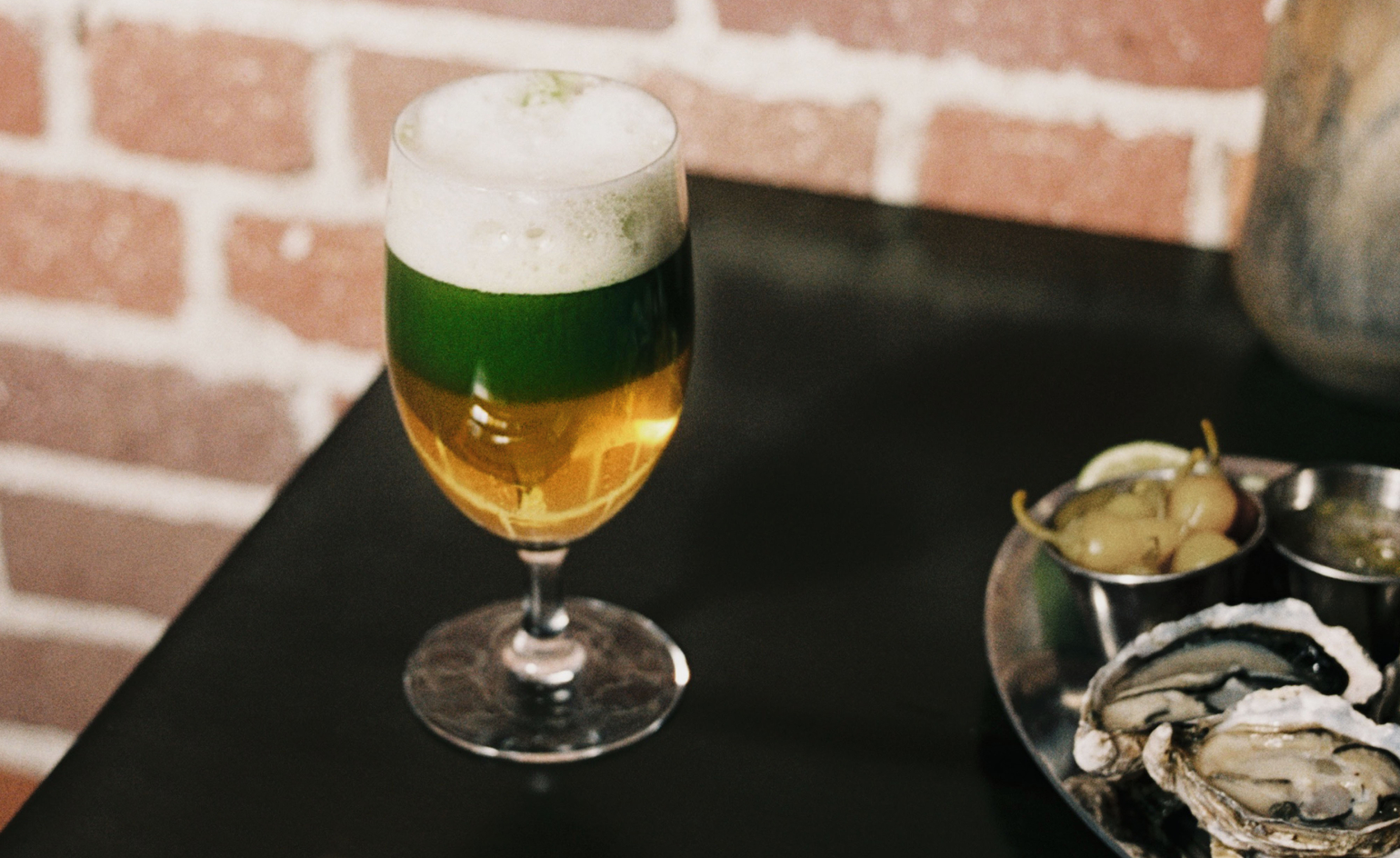 Fancy a matcha-beer cocktail? Visit this dashing new LA restaurant
Fancy a matcha-beer cocktail? Visit this dashing new LA restaurantCafé 2001 channels the spirit of an American diner with the flow of a European bistro and the artistry of Japanese cuisine
By Carole Dixon
-
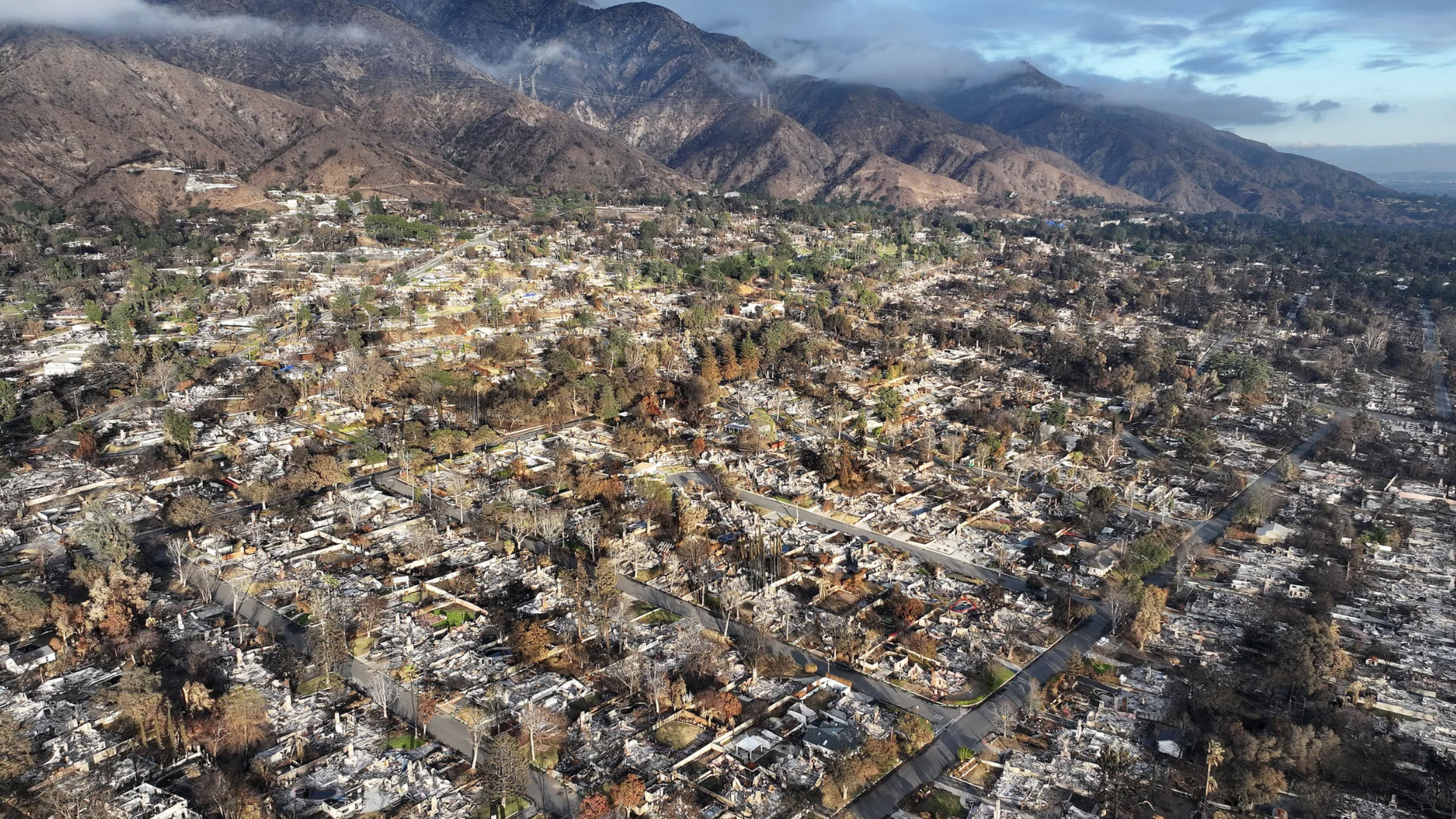 Los Angeles businesses regroup after the 2025 fires
Los Angeles businesses regroup after the 2025 firesIn the third instalment of our Rebuilding LA series, we zoom in on Los Angeles businesses and the architecture and social fabric around them within the impacted Los Angeles neighbourhoods
By Mimi Zeiger
-
 New book 'I-IN' brings together Japanese heritage and minimalist architecture at its finest
New book 'I-IN' brings together Japanese heritage and minimalist architecture at its finestJapanese architecture studio I-IN flaunts its expert command of 21st-century minimalism in a new book by Frame Publishers
By Ellie Stathaki
-
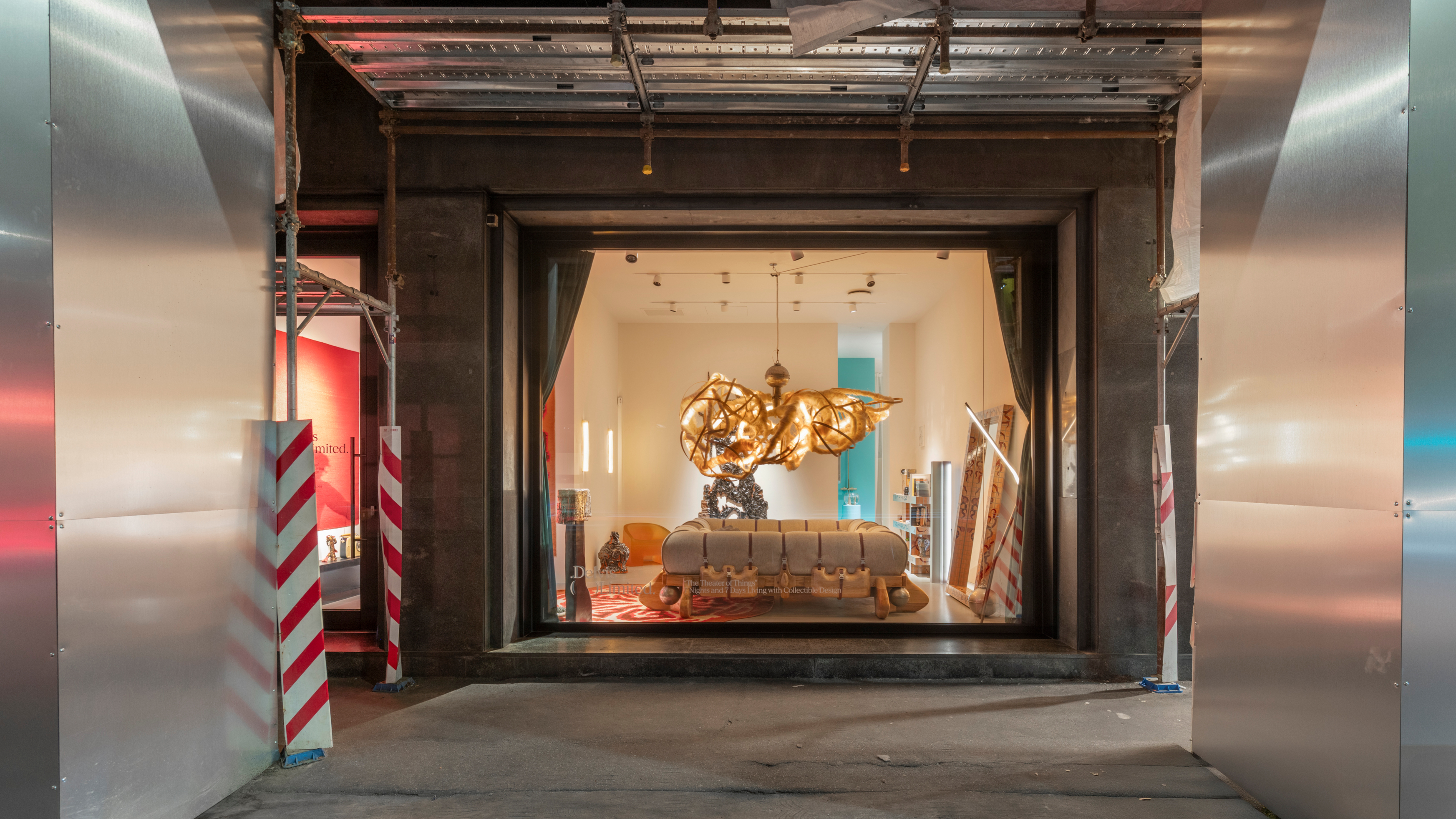 Delvis (Un)Limited turns a Brera shopfront into a live-in design installation
Delvis (Un)Limited turns a Brera shopfront into a live-in design installationWhat happens when collectible design becomes part of a live performance? The Theatre of Things, curated by Joseph Grima and Valentina Ciuffi, invited designers to live with their work – and let the public look in
By Ali Morris
-
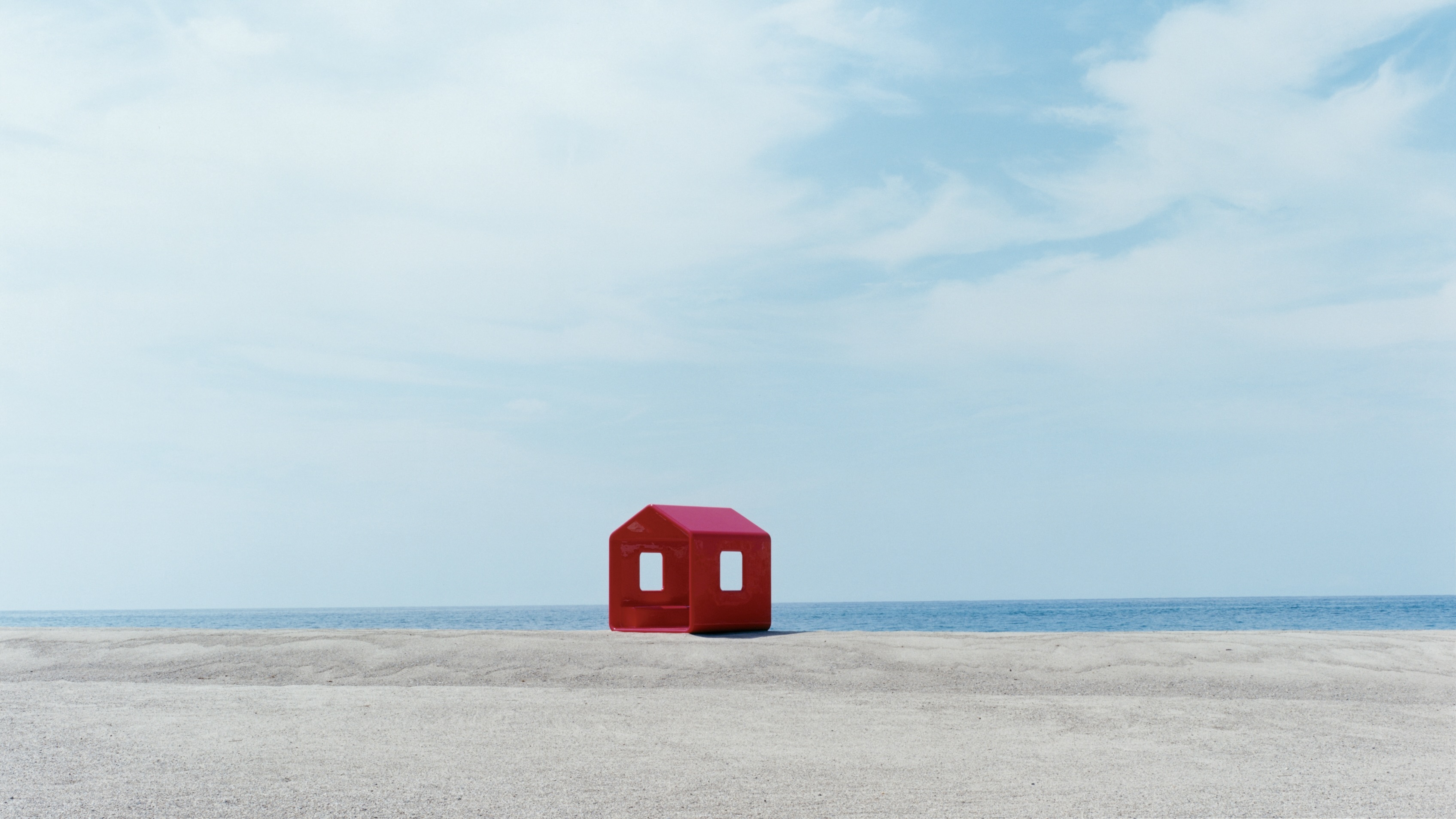 Naoto Fukasawa sparks children’s imaginations with play sculptures
Naoto Fukasawa sparks children’s imaginations with play sculpturesThe Japanese designer creates an intuitive series of bold play sculptures, designed to spark children’s desire to play without thinking
By Danielle Demetriou
-
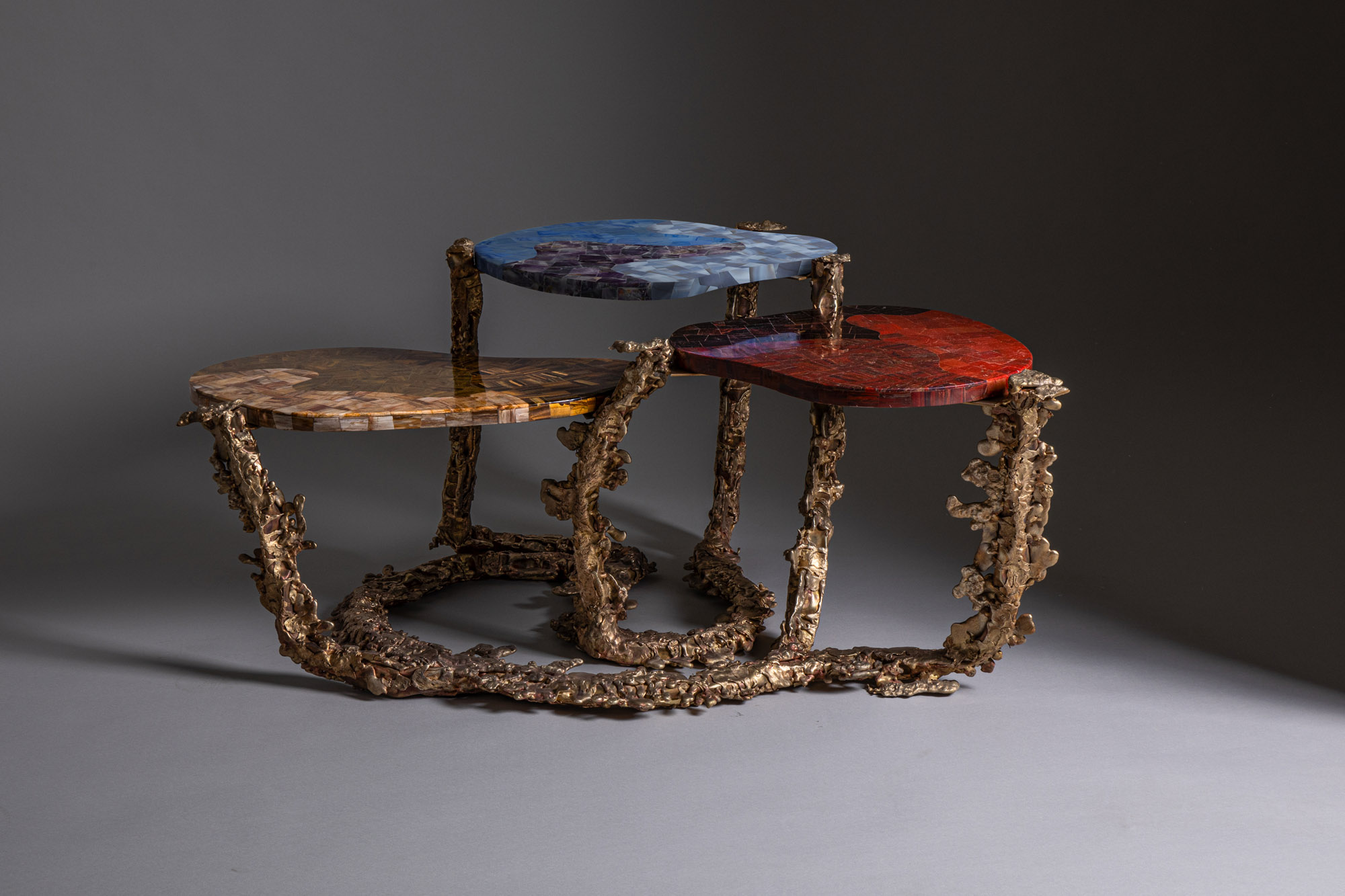 Inside the Shakti Design Residency, taking Indian craftsmanship to Alcova 2025
Inside the Shakti Design Residency, taking Indian craftsmanship to Alcova 2025The new initiative pairs emerging talents with some of India’s most prestigious ateliers, resulting in intricately crafted designs, as seen at Alcova 2025 in Milan
By Henrietta Thompson
-
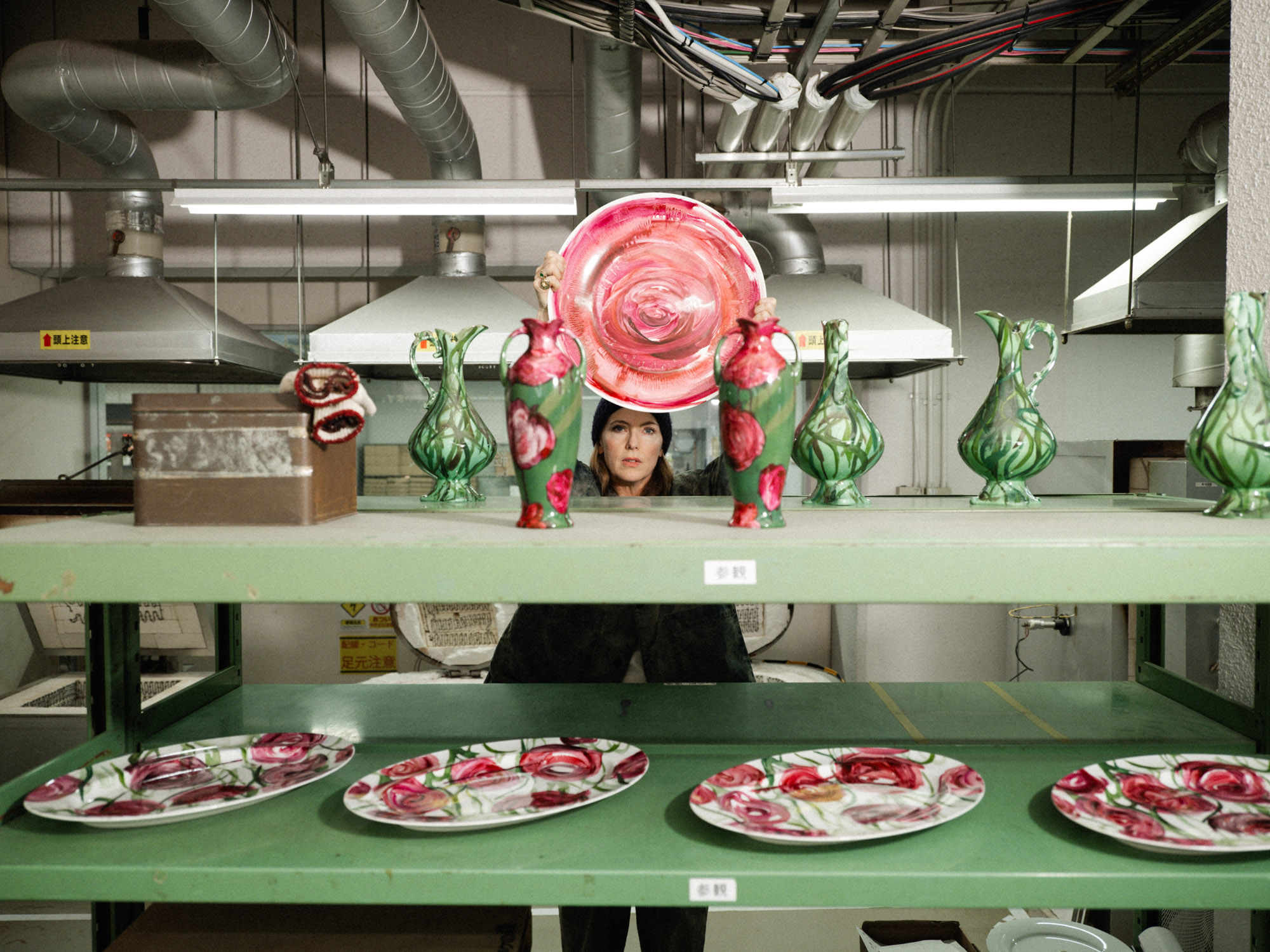 Faye Toogood comes up roses at Milan Design Week 2025
Faye Toogood comes up roses at Milan Design Week 2025Japanese ceramics specialist Noritake’s design collection blossoms with a bold floral series by Faye Toogood
By Danielle Demetriou
-
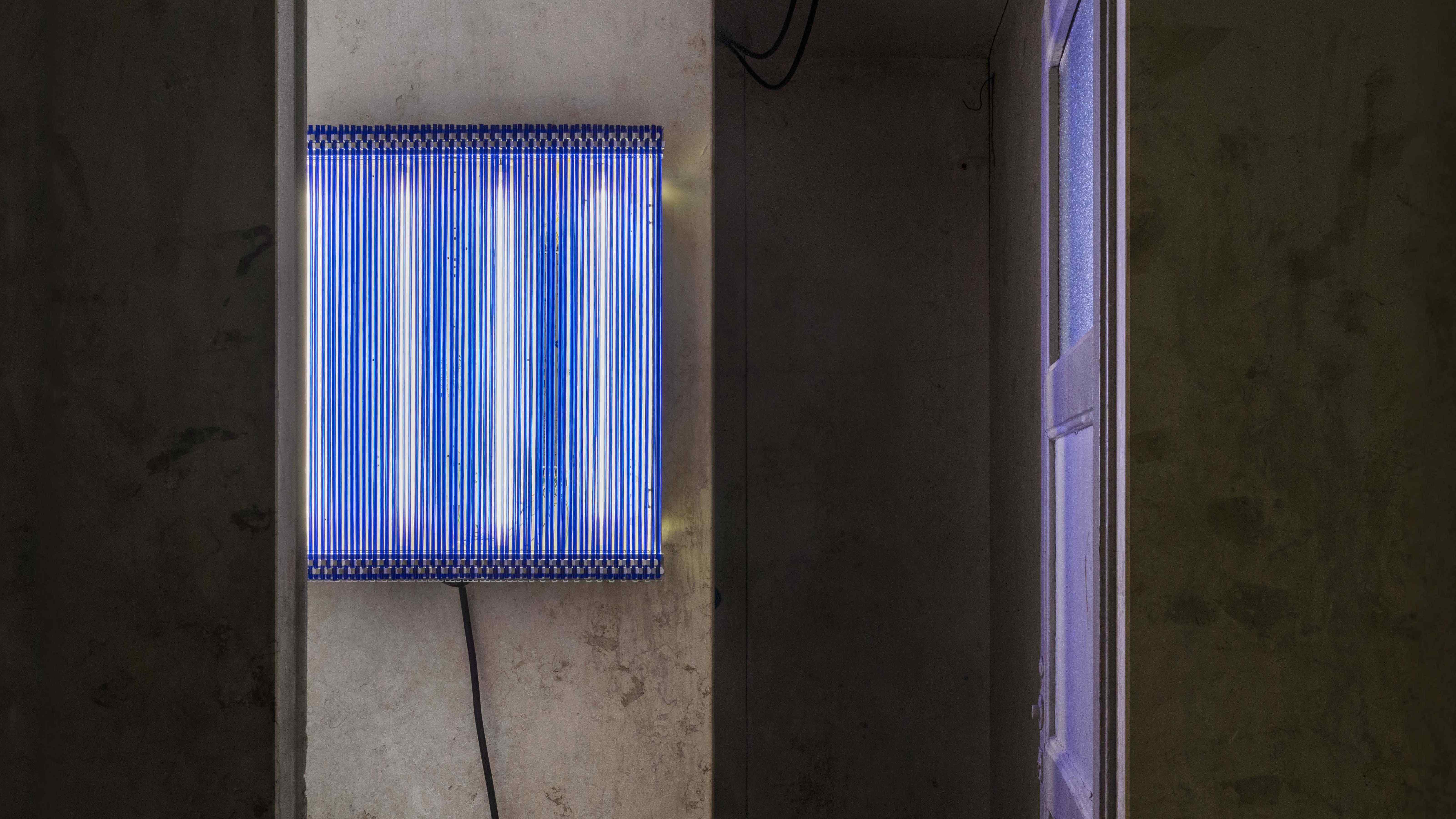 6:AM create a spellbinding Murano glass showcase in Milan’s abandoned public shower stalls
6:AM create a spellbinding Murano glass showcase in Milan’s abandoned public shower stallsWith its first solo exhibition, ‘Two-Fold Silence’, 6:AM unveils an enchanting Murano glass installation beneath Piscina Cozzi
By Ali Morris
-
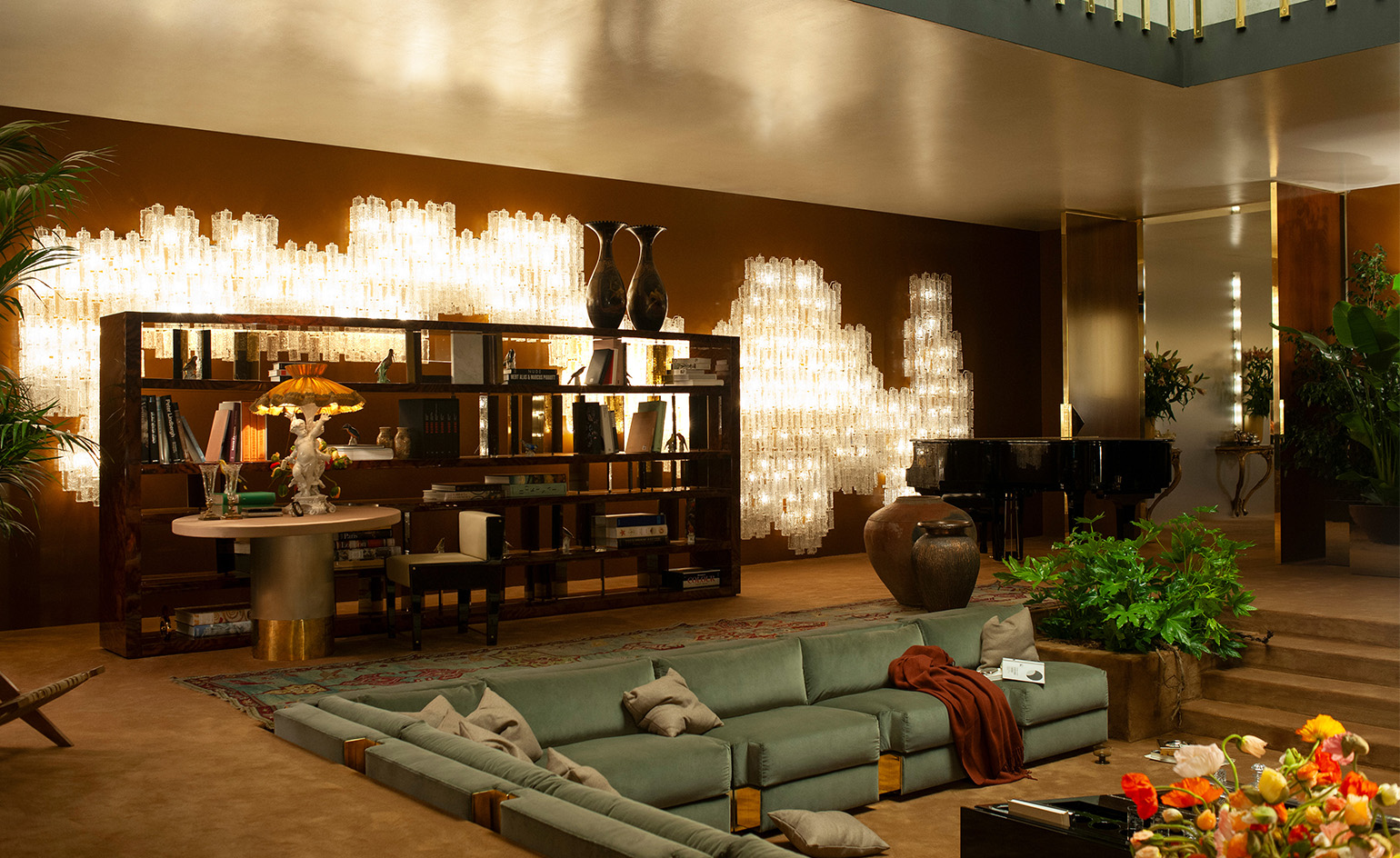 Dimoremilano and Loro Piana channel 1970s cinema in decadent Milan display
Dimoremilano and Loro Piana channel 1970s cinema in decadent Milan displayAt Milan Design Week 2025, Dimorestudio has directed and staged an immersive, film-inspired installation to present new furniture and decor for Loro Piana
By Dan Howarth
-
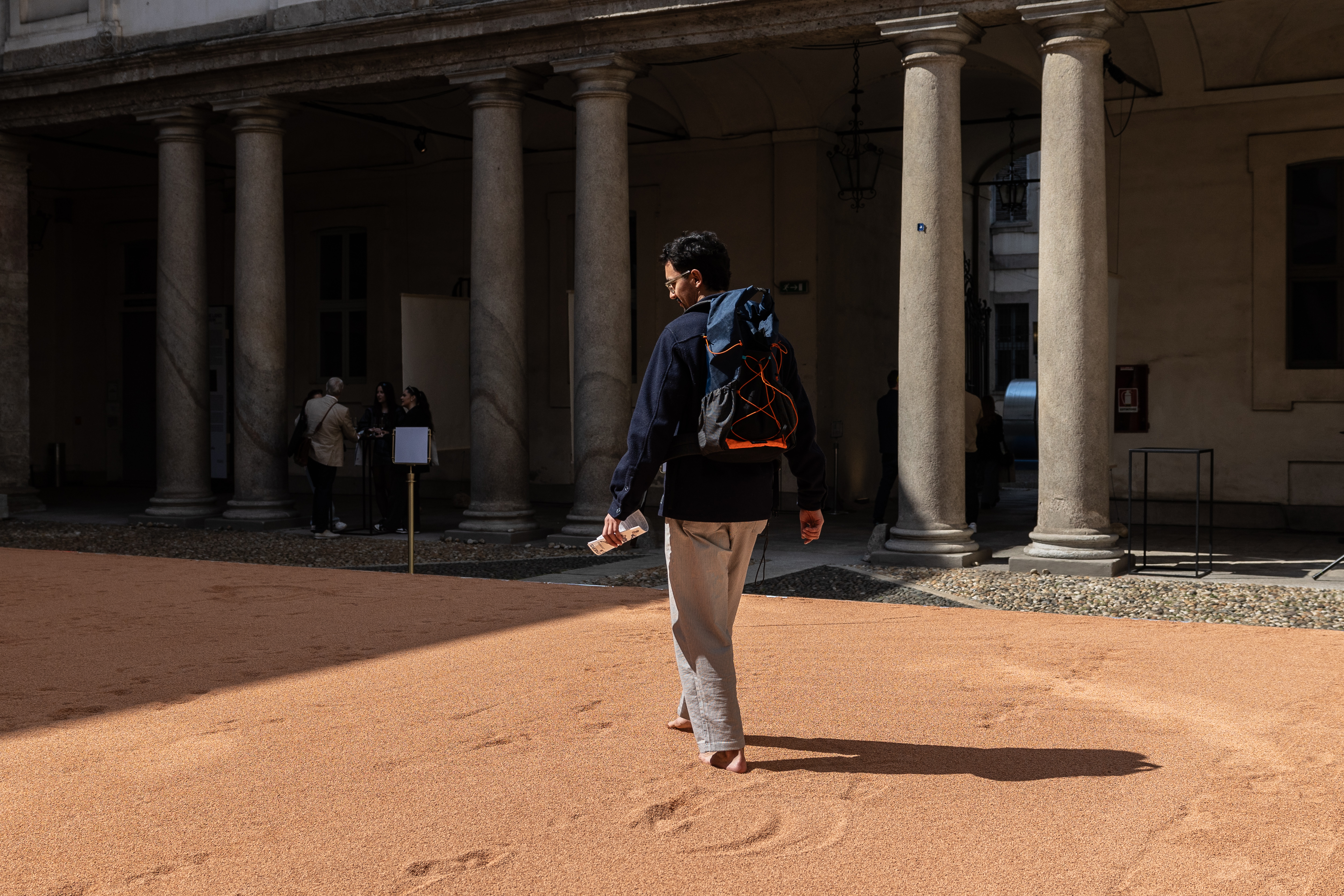 In Milan, MoscaPartners presents a poetic exploration of ‘migration’
In Milan, MoscaPartners presents a poetic exploration of ‘migration’Alongside immersive work by Byoung Cho, MoscaPartners’ Milan Design Week 2025 display features an accessible exhibition path designed for visually impaired visitors
By Cristina Kiran Piotti
-
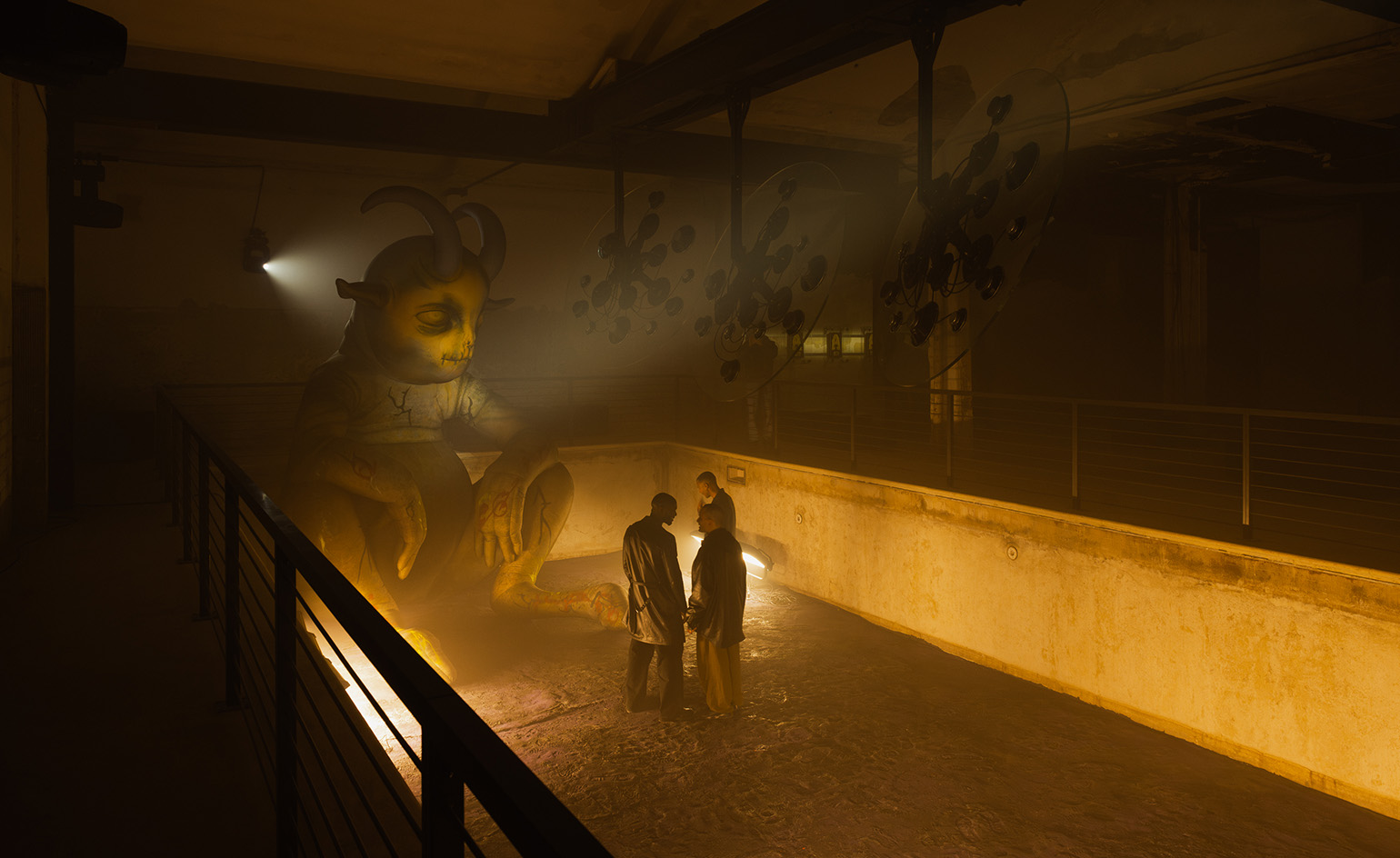 The making of PAN and Nike’s euphoric, club-inspired collaboration at Milan Design Week
The making of PAN and Nike’s euphoric, club-inspired collaboration at Milan Design WeekAlongside a new Air Max 180 release, ‘The Suspended Hour’ display sees Berlin record label PAN imagine the unfolding of a club night, from dusk until dawn
By Craig McLean